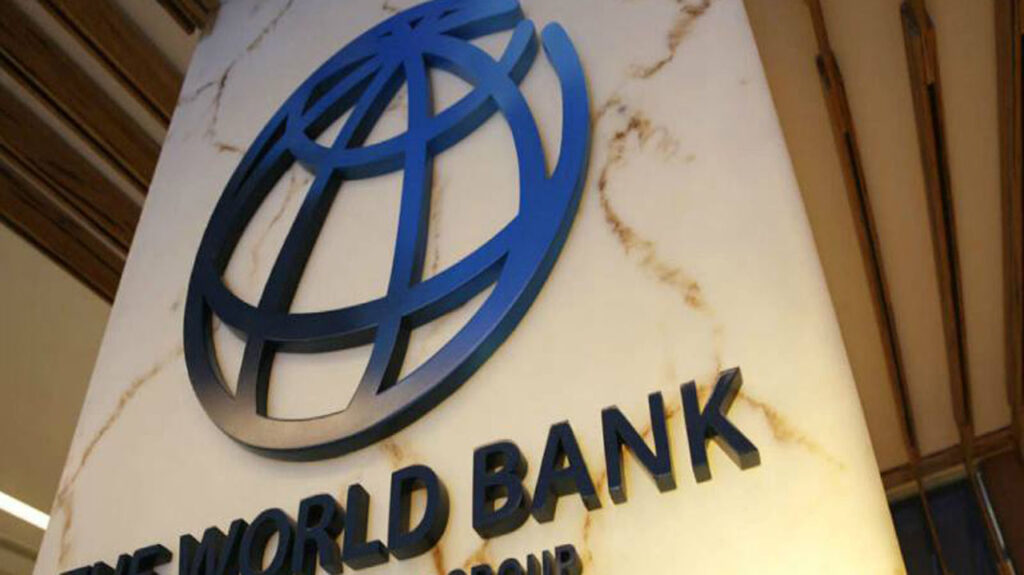
Tired of going on shopping sprees and experiencing fraudulent activities with your cards? The speed at which cyber fraud is making waves in the Nigerian banking sector is increasing exponentially every day. More than 35.5% of serious cybercrime affected the banking sector. As a result, MasterCard recently issued a card to prevent these scams. Here are five other ways to protect your savings, including using your new MasterCard.
A Private Device And Secure Connection Are Preferred
Buy privately, away from prying eyes and potentially nosy public devices. For shared computers, e.g. For example, in a library or lobby, websites can record credentials and leave accounts vulnerable to next-user attacks. Even if you log off of a public computer, you run the risk of installing spyware, which can log your keystrokes and gain access to your usernames, passwords, credit card numbers, and personal information. Using your laptop or tablet is safer, but not entirely reliable. Information can still be stolen over a public Wi-Fi connection. Shop online using just your personal device and a private Wi-Fi connection. You can also consider a virtual private network or VPN subscription that can encrypt your data; this adds a layer of security to private and public networks.
Think Before You Click
Have you ever seen a link that looks a little wrong? It looks like something you’ve seen before, but it says you need to change or enter your password. Or maybe you will be asked to verify your personal information. This can be an SMS or even a phone call. You can pretend to be your courier, your boss, your bank, a friend… The message may claim that they need your information because you are a victim of a cybercrime. This is likely a phishing scam: a link or website that appears authentic but is a malicious scheme to reveal your password, social security number, credit card numbers, or other sensitive information. Once they have this information, they can use it on legitimate websites. They can also try to trick you into running malicious software, also known as malware. Unfortunately, we fall victim to phishing more often than we think.

Make sure you use the URL (Uniform Resource Locator)
If you receive an email with a link to a website, even if it’s a large, well-known company, avoid buying directly from that link. Instead, access the site through a web browser. You can go directly to the website if you know the address or view it in a search engine by searching for the retailer’s name. This can protect your device from a potential phishing attack, where scammers use official-looking email addresses and logos to trick you into revealing its information. If the provider is unknown, an investigation may be necessary to prevent a possible security breach. Start by researching the retailer’s name on the Better Business Bureau’s website. You can also check consumer reviews on social media, the retailer’s website, blogs, and search engines to see if customers have had any complaints about the retailer, its safety, or the products. Before you finally add your credit card details at checkout, double-check the website’s web address in case you accidentally lose a letter and end up on a dangerous website that looks like the reseller’s official website.

Bank Statement Checking
Another important step in preventing credit card fraud is regular monthly bank statement checks. Unauthorized charges are a sure sign of credit card fraud. Under these circumstances, the magnitude of the fraud is negligible as even a minor unauthorized charge must be reported to the credit card company immediately. In this case, the service provider will usually ask you to close your account and request a new account number. Credit card app security features Mobile credit card applications often have various security features that can be configured to help prevent account fraud, including two-Way Authentication Factors: If someone gets your credit card account information, the factor can – – inform that person that it is preventing access to other information. It adds a second step besides login and password, such as Password request via SMS or email to ensure you are the one accessing your account. As a general security practice, avoid using the same username and password across apps and websites. Above all, avoid repetition of Credit card account details.
Schedule Routine Maintenance
Protecting your credit card information requires effort and maintenance, including automatically or manually updating apps, browsers, firewalls, and antivirus software on devices. Update of the contact details of the exhibitor; applications and websites so that we can contact you about possible fraudulent activity. Use strong passwords and change them regularly on trading and credit card platforms. Spend time reviewing credit card statements for unauthorized transactions and disputing fraudulent charges.
Mastercard will also work with Network International, a leading digital commerce company in the Middle East and Africa, to combat fraud, rejections and chargebacks to reduce this growth in the above cases. As part of the partnership, the network will roll out Mastercard Brighterion’s artificial intelligence (AI) technology across the region, providing acquirers and businesses with transaction fraud control and merchant tracking. This will surely secure your hard-earned funds, as well as your lifestyle.
Follow @GuardianLife for more stories












